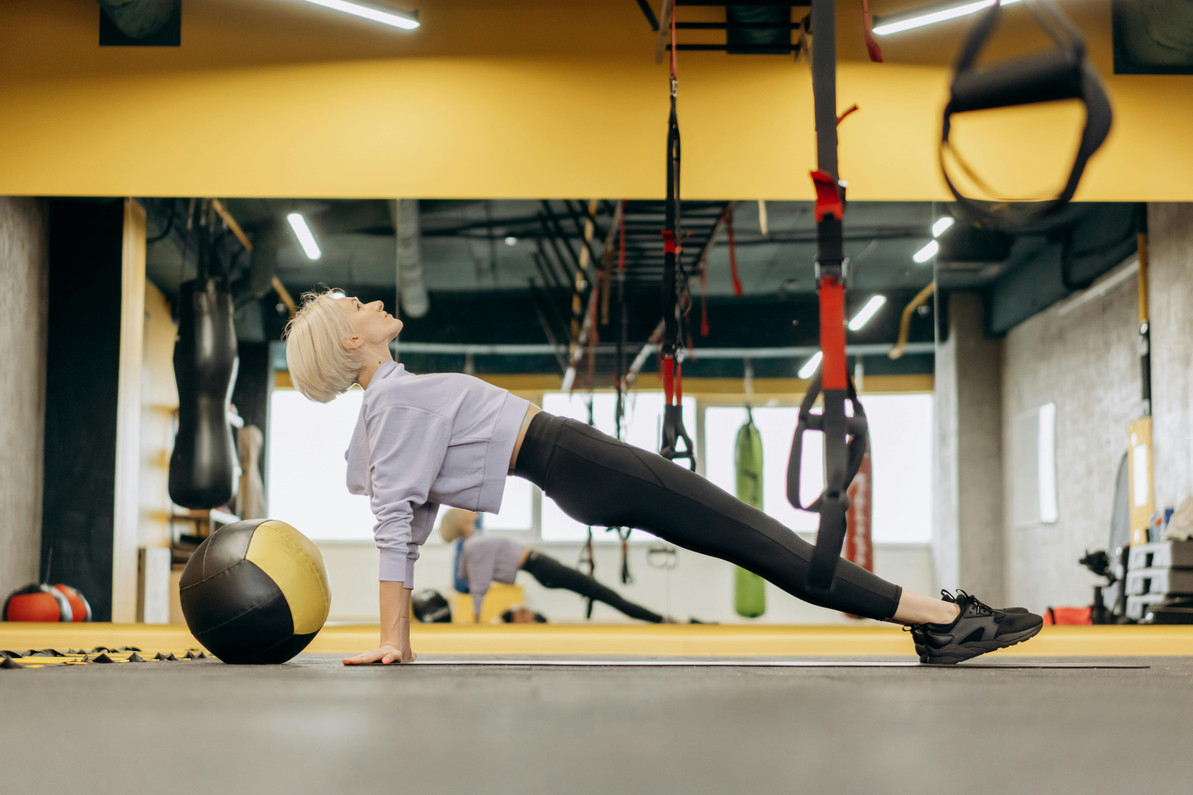The Pillars of Physical Health and Fitness: Endurance, Strength, Balance, and Flexibility
In the pursuit of a healthy lifestyle, we often focus on various aspects such as diet, mental well-being, and exercise. Among these, physical fitness plays a crucial role, encompassing a spectrum of components including endurance, strength, balance, and flexibility. The four of these together are often referred to as the pillars of physical health and fitness. Each of these elements contributes uniquely to overall health and well-being, making them essential.
Endurance
Endurance is the ability to sustain physical activity over an extended period. It involves cardiovascular fitness, which is the efficiency of the heart, lungs, and circulatory system in delivering oxygen to the body during prolonged activity. Endurance exercises, such as running, swimming, or cycling, not only improve cardiovascular health but also boost stamina, reduce the risk of chronic diseases like heart disease and diabetes, and enhance overall energy levels.
Strength
Strength refers to the capacity of muscles to exert force against resistance. Building strength through resistance training, weightlifting, or bodyweight exercises not only increases muscle mass but also improves bone density, metabolism, and functional abilities. Strong muscles support good posture, prevent injury, and enhance athletic performance. Moreover, maintaining muscle strength becomes increasingly important as we age, helping to combat age-related muscle loss (sarcopenia) and maintain independence.
Balance
Balance is the ability to maintain control of the body's position, whether stationary or in motion. It relies on coordination between muscles, joints, and the nervous system. A strong sense of balance is crucial for stability, preventing falls, and performing daily activities with ease. Balance exercises, including yoga, tai chi, and specific balance drills aim to improve proprioception and reduce the risk of injuries, particularly in older adults.
Flexibility
Flexibility refers to the range of motion in joints and muscles. It allows for fluid movement and prevents stiffness, soreness, and injury. Stretching exercises, such as yoga or Pilates, enhance flexibility by elongating muscles and increasing joint mobility. Improved flexibility also promotes better posture, reduces muscle tension, and enhances athletic performance by enabling a greater range of motion.
The Role of Physical Therapy
Physical therapy plays a crucial role in optimizing endurance, strength, balance, and flexibility, particularly for individuals recovering from injuries, surgeries, or chronic conditions. Physical therapists are trained professionals who design personalized exercise programs to address specific needs and goals. They employ various techniques, including:
- Endurance Training: Physical therapists utilize cardiovascular exercises and interval training to improve endurance gradually. They may incorporate activities such as walking, stationary cycling, or aquatic therapy to enhance cardiovascular health and stamina.
- Strength Conditioning: Through resistance training and progressive overload, physical therapists help individuals build muscle strength safely and effectively. They prescribe exercises targeting specific muscle groups, adjusting intensity and resistance as the individual progresses.
- Balance Enhancement: Physical therapists employ specialized balance exercises and proprioceptive training to improve stability and reduce the risk of falls. These may include standing on one leg, using balance boards, or performing dynamic balance drills to challenge coordination and equilibrium.
- Flexibility Improvement: Stretching routines tailored by physical therapists target tight muscles and restricted joints, enhancing flexibility and range of motion. They employ static, dynamic, and proprioceptive neuromuscular facilitation (PNF) stretching techniques to promote muscle lengthening and joint mobility.
Physical therapy not only aids in rehabilitation but also serves as a preventive measure against future injuries and promotes overall health and well-being. By addressing deficits in endurance, strength, balance, and flexibility, physical therapists empower individuals to lead active, fulfilling lives and maintain optimal physical function throughout their lifespan.
In conclusion, endurance, strength, balance, and flexibility are integral components of physical fitness, each contributing to overall health and vitality in unique ways. By prioritizing these pillars of fitness and seeking guidance from physical therapists when needed, individuals can achieve and maintain a robust level of physical well-being, enabling them to enjoy life to the fullest.
Related Blog Posts:
Endurance Training: Building Stamina for a Healthier Life
Strength Conditioning: Building Power and Resilience for Optimal Health
A Balancing Act: Understanding and Enhancing Stability for Optimal Health
Flexibility: Embracing Fluidity for Enhanced Well-Being
Recent Posts
-
Acupuncture vs. Dry Needling: What’s the Difference?
At first glance, acupuncture and dry needling might seem identical. Both involve inserting thin need …Jun 11th 2025 -
What Is Dry Needling? A Modern Approach to Pain Relief and Muscle Recovery
Chronic muscle pain, tension, and restricted movement can significantly impact your daily life, sign …Jun 11th 2025 -
The Kinetic Chain and Its Importance?
The kinetic chain is a key principle in physical therapy, referring to the way muscles, joints, and …Apr 18th 2025



